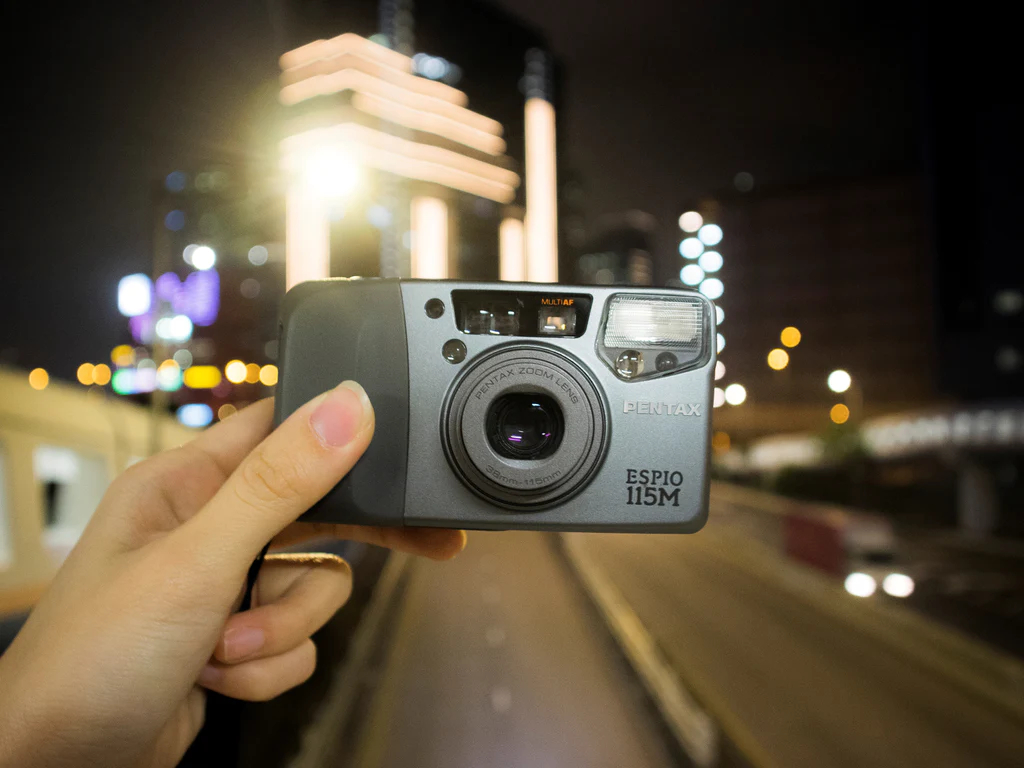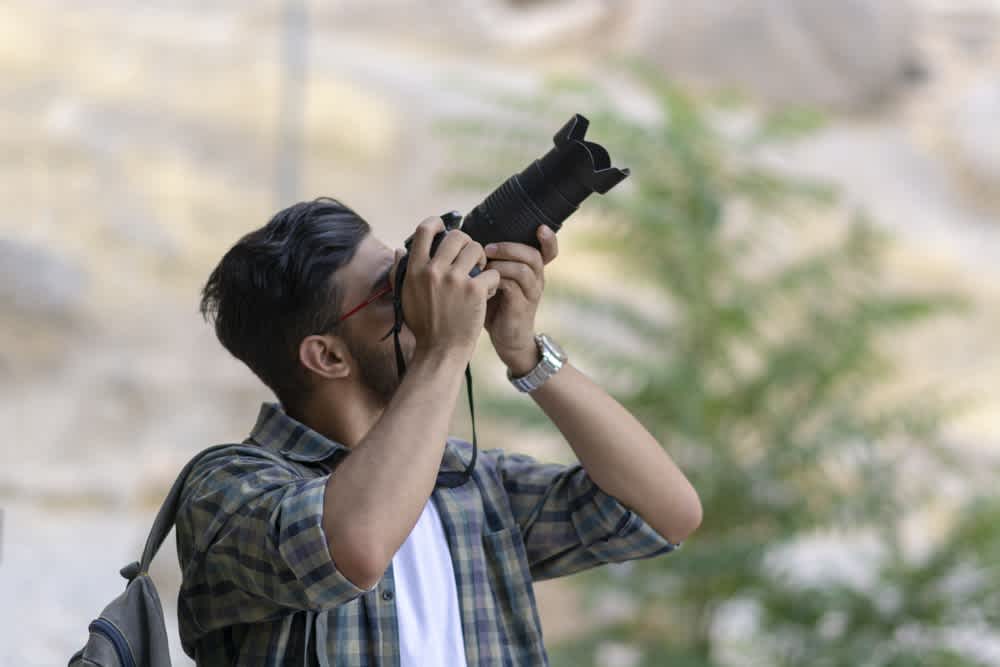Zoom video conferencing has become an essential tool for remote communication, connecting colleagues, friends, and family across the globe. However, encountering issues with your camera during a Zoom call can be frustrating and disrupt the flow of communication. Camera problems can stem from various sources, including hardware glitches, software conflicts, or incorrect settings. This article provides practical troubleshooting steps to help you quickly resolve issues when your camera is not working on Zoom calls, ensuring you maintain a seamless connection during your virtual meetings.
Initial Troubleshooting Steps
Ensure Camera Hardware Is Functional
Before delving into complex solutions, it’s crucial to verify that your camera hardware is in working condition. Test your camera outside of Zoom using your computer’s built-in camera application or another video conferencing software. If the camera fails to work in these instances, you may be dealing with a hardware issue. Check for any physical obstructions, ensure the camera lens is clean, and if you’re using an external webcam, try reconnecting it to a different USB port or testing it on another computer to rule out connection problems.
Update Camera Drivers and Zoom Application
Outdated drivers or software can often lead to incompatibility issues. To mitigate this, make sure your camera drivers are up-to-date. Visit the manufacturer’s website for your camera or use your computer’s device manager to check for driver updates. Additionally, ensure that your Zoom application is updated to the latest version. Zoom frequently releases updates to improve functionality and fix bugs. Running the most recent version of the software can help resolve any camera issues that are related to outdated application files.

Configuring Zoom and System Settings
Adjust Zoom Camera Settings
If your camera works with other applications but not Zoom, the problem might be within the Zoom camera settings. Open Zoom, navigate to “Settings” and then to the “Video” tab to select your preferred camera. If you have multiple video devices, make sure the correct one is chosen. Additionally, check the box for “Enable HD” if you want higher quality video, and ensure that the camera is not disabled in the “Turn off my video when joining a meeting” option.
Tweak Operating System Privacy Settings
Modern operating systems have privacy settings that control which applications have access to your camera. For Windows 10, go to “Settings,” then “Privacy,” and select “Camera” from the left-hand menu. Here, you can toggle on the option to allow apps to access your camera. On macOS, access “System Preferences,” click on “Security & Privacy,” and go to the “Privacy” tab. Select “Camera” from the sidebar and ensure that Zoom has a checkmark next to it, granting it permission to use the camera.

Advanced Troubleshooting Techniques
Resolve Software Conflicts
Software conflicts can arise if multiple applications are trying to use the camera simultaneously. Ensure that no other video-intensive programs are running in the background that might prevent Zoom from accessing the camera. You can also try disabling other video devices from your device manager or temporarily disconnecting them to see if this resolves the conflict.
Perform a Clean Zoom Installation
If the issue persists despite trying the above solutions, a clean installation of Zoom may be necessary. Uninstall the Zoom application from your computer, ensuring that all associated files are removed. After uninstalling, download the latest version of Zoom from the official website and install it. A fresh installation can often fix lingering issues caused by corrupted files or failed updates.

When to Seek Professional Help
Contacting Technical Support
If you’ve exhausted all troubleshooting options and your camera is still not working on Zoom calls, it may be time to contact technical support. Reach out to your camera’s manufacturer for assistance with potential hardware issues or consult with Zoom’s support for more in-depth software troubleshooting. They may provide additional solutions or offer replacement options if your camera is under warranty.
Exploring Alternative Camera Options
In cases where your built-in or external camera fails to work after all troubleshooting efforts, you might consider purchasing a new webcam. Modern webcams are designed to be plug-and-play with video conferencing software like Zoom and provide a range of features to enhance video quality. When selecting a new camera, research options that offer compatibility, high-resolution video, and built-in microphones for a comprehensive video conferencing solution.

Exploring Compatibility and System Requirements
Ensure System Compatibility with Zoom
Even after troubleshooting hardware and software issues, it’s important to ensure that your system meets the minimum requirements to run Zoom smoothly. Check Zoom’s official website for the list of recommended system specifications. If your computer is outdated or running on an unsupported operating system, Zoom might not perform as expected, which can sometimes include failing to recognize or properly utilize your camera. Upgrading your operating system or considering a system hardware upgrade can resolve such underlying issues and improve your overall Zoom experience.
Cross-Check with Alternate Video Conferencing Software
To further isolate the issue, try using your camera with different video conferencing software. This step can help determine if the problem is specific to Zoom or a broader issue with your camera system. If the camera works fine on other platforms, the problem is likely related to Zoom’s configuration or compatibility with your system. In contrast, if the camera fails to work on multiple applications, you may be dealing with more widespread driver issues or hardware malfunction. In such cases, focusing on general camera troubleshooting for your operating system or seeking professional hardware diagnostic services would be the next recommended steps.

Final Considerations and Preventative Measures
Maintain Regular System Maintenance
To prevent future issues with Zoom or any other video conferencing software, it’s wise to practice regular system maintenance. This includes keeping your operating system, drivers, and applications up-to-date, running periodic antivirus scans to prevent malware-related issues, and cleaning up your system to ensure it runs efficiently. By being proactive with your device’s health, you can minimize the chances of encountering camera problems during critical meetings or virtual gatherings.
Stay Informed on Software Updates and Known Issues
Staying informed about the latest updates and any known issues with Zoom can also help you avoid camera-related problems. Zoom and other video conferencing providers often have community forums, support pages, and regular release notes that address common issues and provide solutions. Subscribing to these communications and being part of user communities can provide you with timely insights and tips from other users who might have faced and resolved similar issues. By keeping yourself informed and engaged with the user community, you can anticipate potential problems and apply fixes before they disrupt your video conferencing activities.
You can quickly resolve most issues with a non-functional camera during Zoom calls by taking the right approach. By systematically checking hardware functionality, updating drivers and software, configuring appropriate settings, and resolving any software conflicts, you can often restore your camera’s functionality with minimal hassle. If the problem lies beyond these steps, seeking professional support or considering alternative camera solutions may be necessary. With these practical tips, you can ensure that your next Zoom call proceeds with a clear picture and uninterrupted communication.